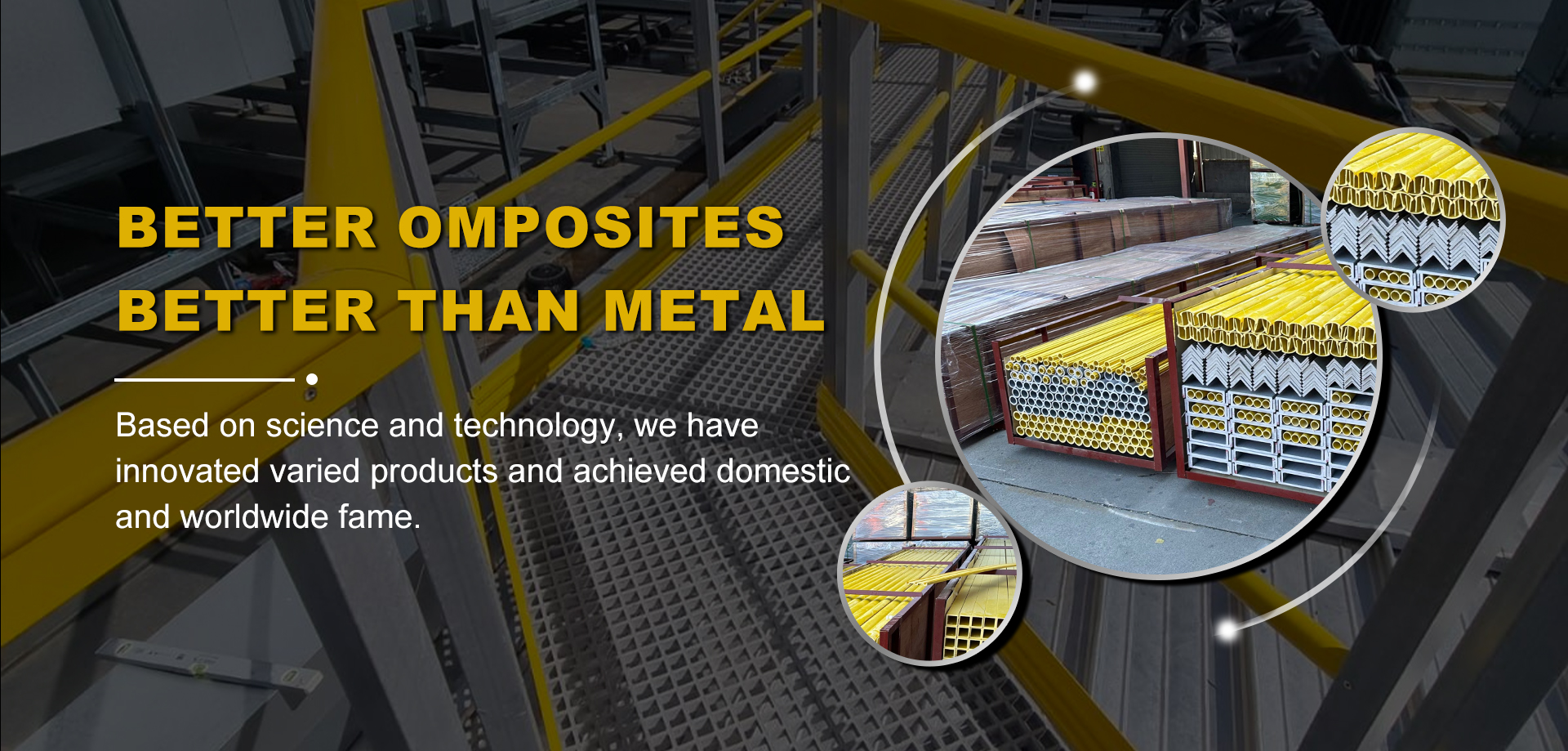loading...
- No. 9, Xingyuan South Street, Dongwaihuan Road, Zaoqiang County, Hengshui, Hebei, China
- admin@zjcomposites.com
- +86 15097380338
- Welcome to visit our website!
frp pressure vessel price
Understanding the Costs of FRP Pressure Vessels
In today's industrial landscape, the demand for durable and lightweight materials has led to the increased use of Fiber Reinforced Polymer (FRP) pressure vessels. These vessels are designed to withstand high pressures and corrosive environments, making them suitability for a variety of applications, ranging from chemical storage to water treatment facilities. However, one of the most critical aspects that stakeholders must consider is the price. This article delves into the factors influencing the cost of FRP pressure vessels, providing a comprehensive understanding of their pricing structure.
Material Composition
The primary factor that significantly impacts the price of FRP pressure vessels is the material composition. FRP is made from a polymer matrix reinforced with fibers, usually glass, carbon, or aramid. Each type of fiber offers distinct properties, such as tensile strength, rigidity, and resistance to various chemicals. Generally, carbon fibers are more expensive than glass fibers due to their superior strength-to-weight ratio. Consequently, a vessel made from carbon fiber will command a higher price than one made with glass fibers.
Manufacturing Process
The manufacturing process itself is another determinant of cost. FRP pressure vessels are typically produced through techniques such as filament winding, hand lay-up, or resin transfer molding. Filament winding, which involves wrapping resin-soaked fibers around a rotating mandrel, is known for producing high-quality vessels with uniform strength. However, this technique usually requires sophisticated equipment and skilled labor, which can drive up the overall cost. On the other hand, the hand lay-up process is more labor-intensive and may lead to variability in quality, often resulting in a lower price point.
Certifications and Standards
frp pressure vessel price

FRP pressure vessels must adhere to various industry standards and certifications, which can also affect their pricing. Compliance with regulations such as ASME (American Society of Mechanical Engineers) or ISO (International Organization for Standardization) ensures that the vessels meet safety and performance requirements. The process of obtaining these certifications may involve rigorous testing and documentation, contributing to increased costs. Companies that prioritize compliance will likely find their products priced higher due to these necessary investments.
Customization and Design
Customization is another aspect that can influence the cost of FRP pressure vessels. Many applications require specific dimensions, internal configurations, or unique chemical resistances. Custom-built vessels often require more extensive engineering and design work, which can increase the overall price. While off-the-shelf solutions may seem more affordable, they may not meet particular operational requirements, ultimately leading to additional costs down the line if modifications are needed.
Market Demand and Competition
The broader economic landscape is also a factor in determining the price of FRP pressure vessels. The demand for these vessels can fluctuate based on the growth of industries such as oil and gas, chemicals, and water treatment. During periods of high demand, prices may increase due to supply constraints. Conversely, in a competitive market with numerous suppliers, prices may stabilize or even decrease as companies vie for contracts.
Conclusion
When considering FRP pressure vessels, understanding the pricing structure is essential for making informed decisions. Factors such as material composition, manufacturing processes, regulatory compliance, customization needs, and market dynamics all contribute to the final cost. Stakeholders should carefully assess their requirements and budget, perhaps weighing the benefits of investing in high-quality, durable vessels against the initial expense. Ultimately, FRP pressure vessels can offer significant long-term savings through reduced maintenance costs and extended service life, making them a worthwhile investment for many industrial applications.
-
Revolutionary Modular Handrail Systems Redefine Safety StandardsNewsMay.15,2025
-
Innovative Water Treatment Technologies for Purer WaterNewsMay.15,2025
-
Innovative Square Water Tank SystemsNewsMay.15,2025
-
Innovative Galvanized Steel Water TanksNewsMay.15,2025
-
Innovative FRP Grating Products Revolutionize Industrial FlooringNewsMay.15,2025
-
Fiberglass Storage Tanks for Reliable Water SolutionsNewsMay.15,2025
-
The Benefits and Uses of Covered Grating SolutionsNewsMay.12,2025
